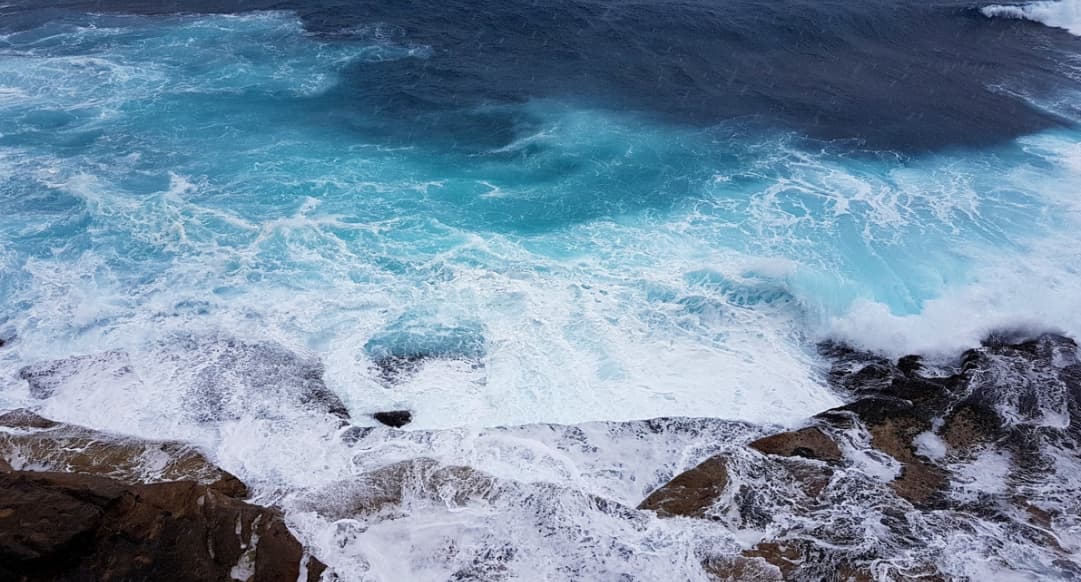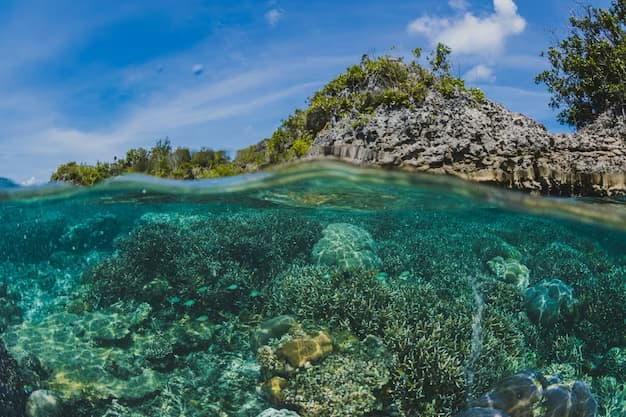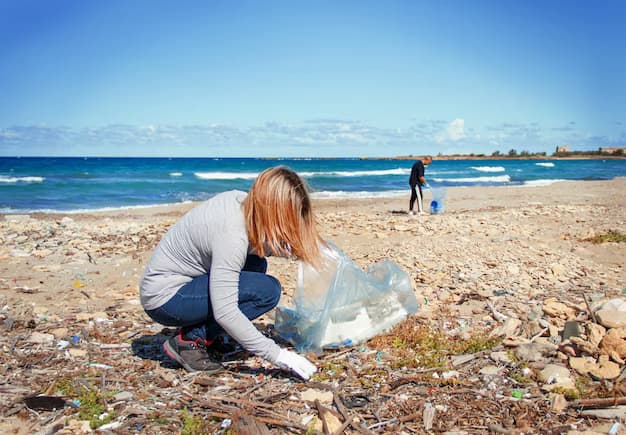Human civilization has long been captivated by the vast bodies of water encircling our planet, a fascination ingrained since ancient times. From the Mediterranean Sea to the expansive Pacific Ocean, the names we assign to these water masses hold captivating tales of their own. Yet, the distinction between sea and ocean, though scientifically grounded, often eludes common understanding. Pirates, in their legendary voyages, traversed the “seven seas,” not oceans, further blurring the lines between these aquatic realms. Delving into the depths of this dichotomy reveals a rich tapestry woven with tradition and history, dispelling misconceptions along the way.
Unveiling Oceans: What is the Difference Between a Sea and an Ocean?
When contemplating the oceans, one might envision them as distinct entities, each with its own character and expanse. However, the delineation of the world’s saltwater bodies into oceans varies across cultures. While some perceive a unified World Ocean, others discern up to five separate entities—Atlantic, Arctic, Pacific, Indian, and Antarctic. Ancient civilizations, like the Greeks and Romans, held their own beliefs, envisioning seven seas that echoed their cultural and geographical perspectives. Despite these varied interpretations, the interconnectedness of the global ocean remains undeniable, with water transcending man-made boundaries, much like the mythological River Oceanus that encircled the ancient world.
Deciphering Seas: Nature’s Intricacies
The distinction between sea and ocean is not merely semantic but reflects significant geographical and historical nuances. Oceans are vast bodies of saltwater that encompass much of Earth’s surface, divided into five major basins: the Pacific, Atlantic, Indian, Southern (or Antarctic), and Arctic Oceans. These immense water bodies are integral to the planet’s climate system, circulation patterns, and marine biodiversity. Oceans are the cradle of life, hosting an astonishing variety of ecosystems, from the sunlit zones teeming with fish to the mysterious, pressure-laden depths inhabited by creatures beyond imagination.
Seas, on the other hand, are smaller and can be thought of as extensions of the ocean. They are typically found where the ocean meets the land, creating regions of water partially enclosed by land but still open to the wider ocean. This characteristic distinguishes them from lakes, which are entirely landlocked freshwater bodies. The diversity among seas is vast, ranging from the Mediterranean Sea, known for its historical significance and biological diversity, to the Baltic Sea, characterized by its brackish waters and unique environmental conditions.
- Geographical Characteristics: Seas are often defined by their geographical features, such as being surrounded by a specific landmass or connected to the ocean through a narrow strait. This geographical aspect significantly influences their ecological characteristics and marine life;
- Ecological Diversity: Due to their varied environments and levels of connectivity to the open ocean, seas host diverse ecosystems. From coral reefs in the Red Sea to the ice-covered waters of the Barents Sea, each sea offers a unique habitat for marine organisms;
- Cultural and Historical Significance: Seas have played crucial roles in human history, serving as routes for trade, exploration, and cultural exchange. The Mediterranean Sea, for example, was the cradle of ancient civilizations, while the Caribbean Sea was a pivotal area during the age of exploration;
- Economic Importance: Many seas are vital to the global economy, supporting fisheries, shipping routes, and offshore oil and gas production. Their resources have been the lifeline of coastal communities for millennia;
- Environmental Challenges: Seas face numerous environmental threats, including pollution, overfishing, and climate change-induced warming and acidification. Efforts to protect and sustainably manage these vital ecosystems are critical for their preservation.
The distinction between seas and oceans is rooted in their physical, ecological, and historical characteristics. Understanding this distinction is crucial for appreciating the complexity of Earth’s hydrosphere and the need for concerted conservation efforts.
Navigating Differences: What is the Difference Between a Sea and an Ocean?
In essence, while the demarcation of oceans may appear ambiguous, they are, in essence, facets of a singular aquatic domain. Whether viewed as a unified entity or divided into multiple realms, the ocean embodies a vast expanse of saltwater, transcending conventional boundaries. Conversely, the term “sea” embodies both specificity and generality, encompassing a spectrum of saltwater bodies, each with its own unique characteristics and significance. Through this guide’s exploration, misconceptions regarding the distinction between sea and ocean are laid to rest, paving the way for a deeper appreciation of Earth’s aqueous wonders.
FAQ
In historical context, the term “seven seas” often referred to major trade routes or bodies of water navigated by ancient mariners. These seas varied depending on cultural and geographical perspectives, encompassing well-known bodies of water like the Mediterranean, Red Sea, and Persian Gulf, among others. Over time, the phrase evolved to represent a sense of adventure and exploration associated with maritime endeavors.
Seas are pivotal components of Earth’s ecosystem, performing essential functions that extend beyond their shores. Their role in regulating climate through the absorption and distribution of heat from the sun is critical. Seas act as major carbon sinks, absorbing carbon dioxide and playing a significant role in mitigating climate change. The rich biodiversity within seas, from plankton to whales, forms the foundation of complex food webs that are vital for the health of global marine ecosystems. These bodies of water also serve as nurseries for many species of fish and marine organisms, crucial for sustaining global fish stocks that billions of people rely on for food and livelihood. The interaction between seas and atmospheric conditions influences weather patterns, affecting precipitation, storms, and even drought conditions on land. This intricate balance underscores the importance of seas in maintaining the planet’s climate equilibrium and supporting life both in and out of water. The preservation of these dynamic and life-supporting systems is indispensable for the future health of our planet, emphasizing the need for global efforts in marine conservation and sustainable management practices.



